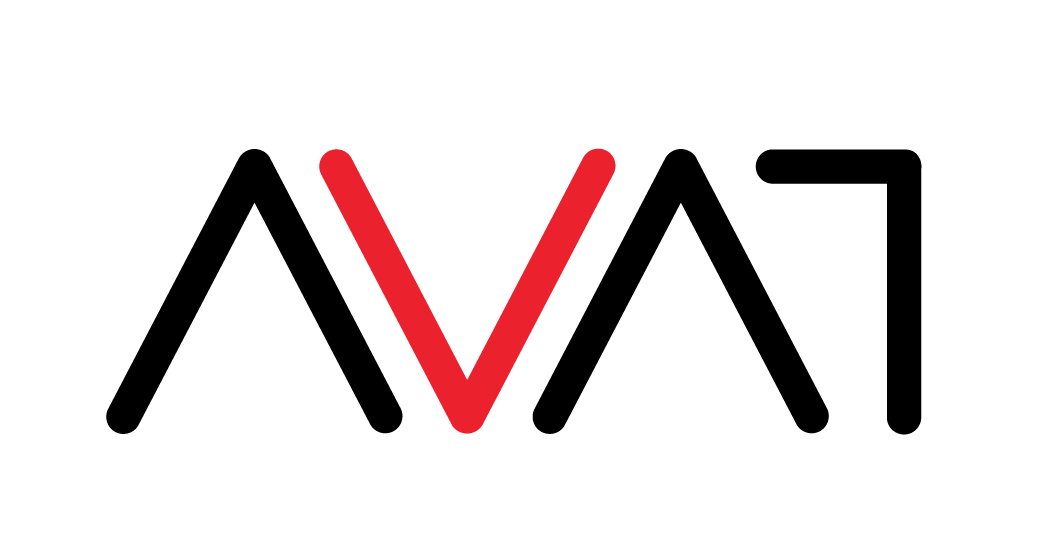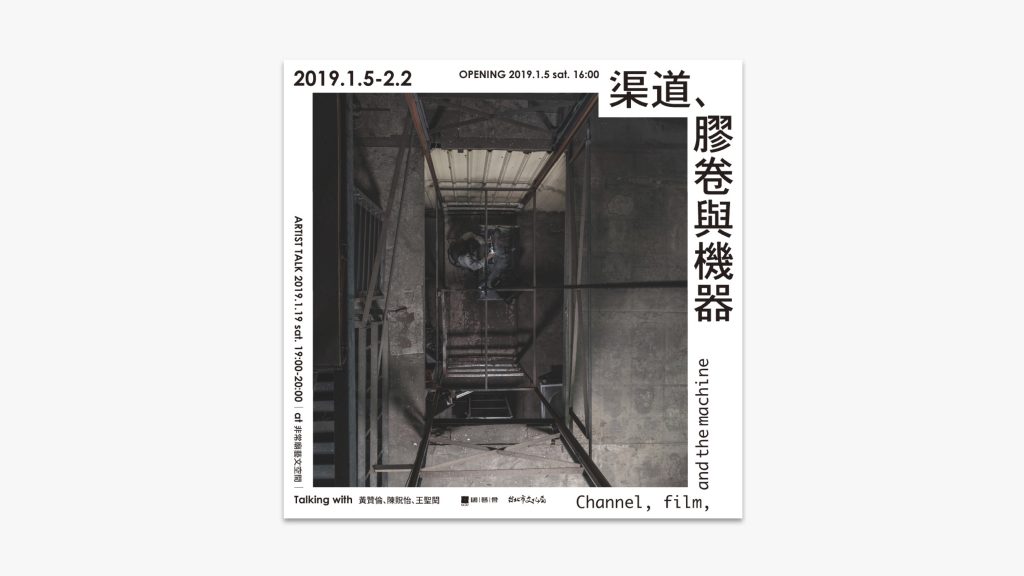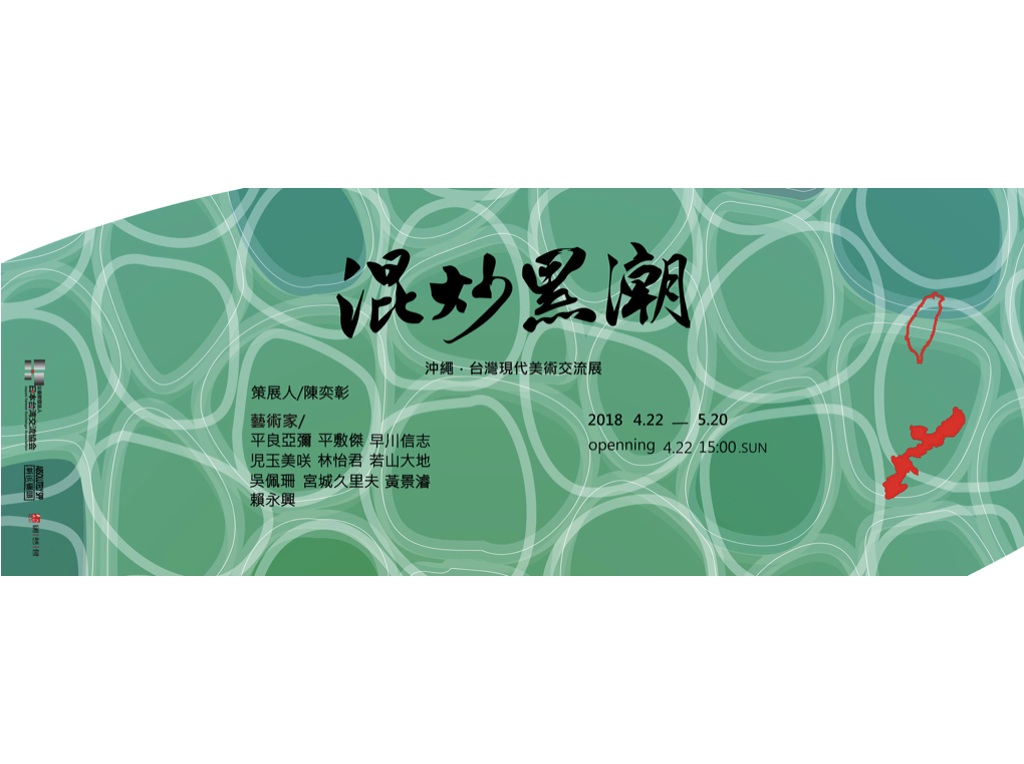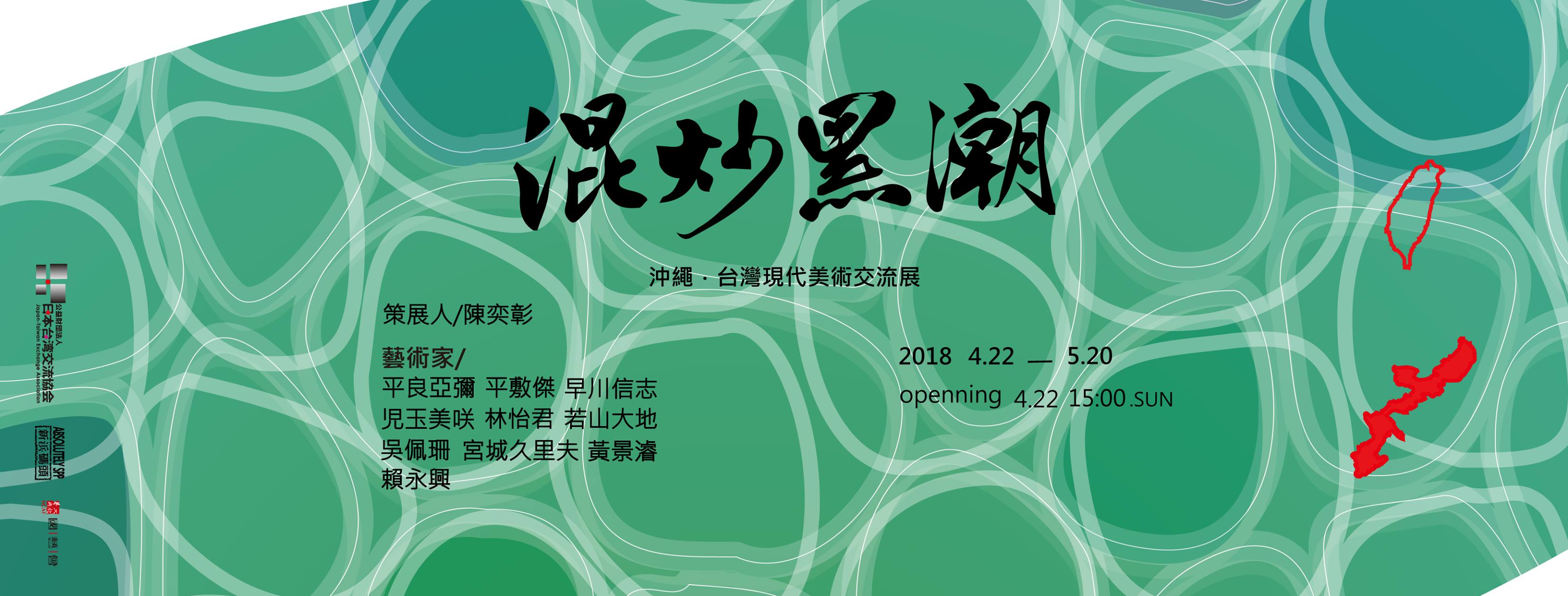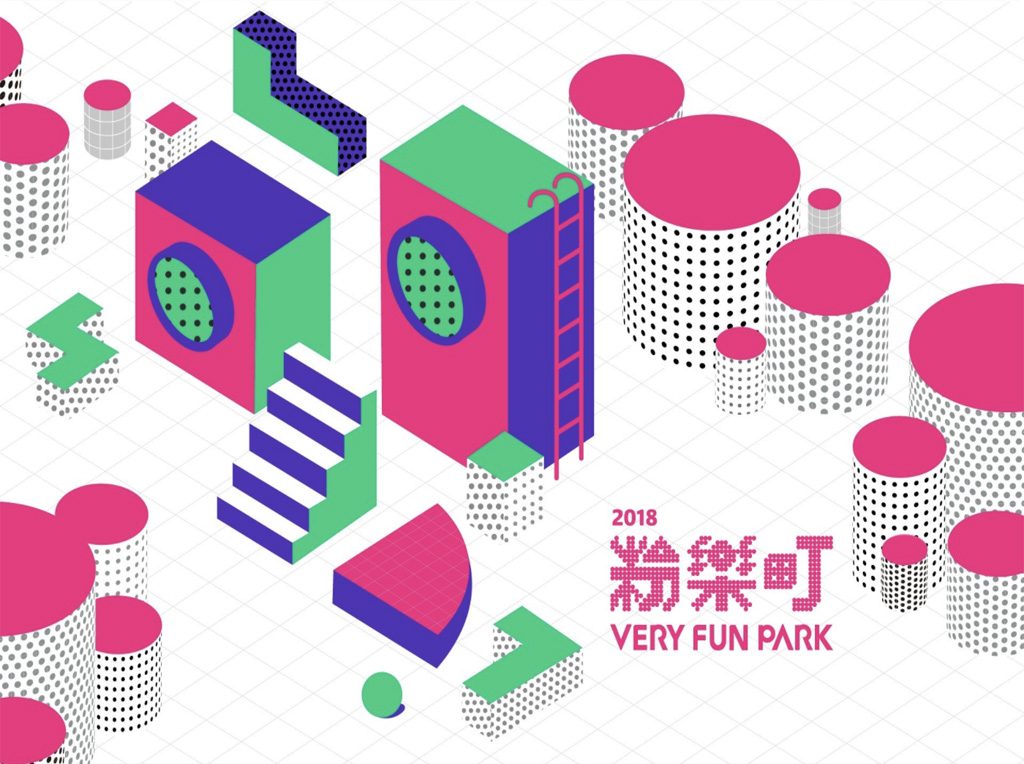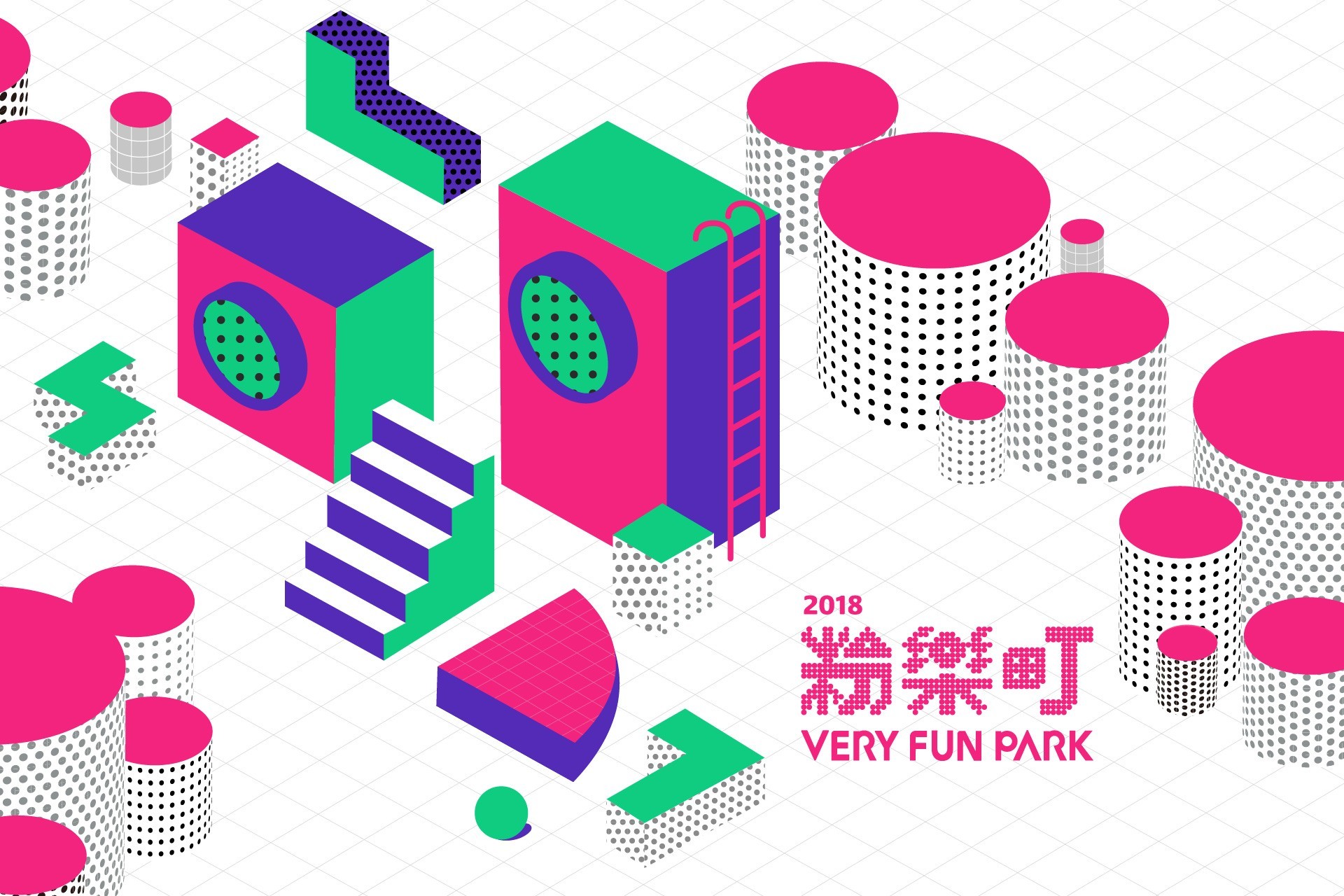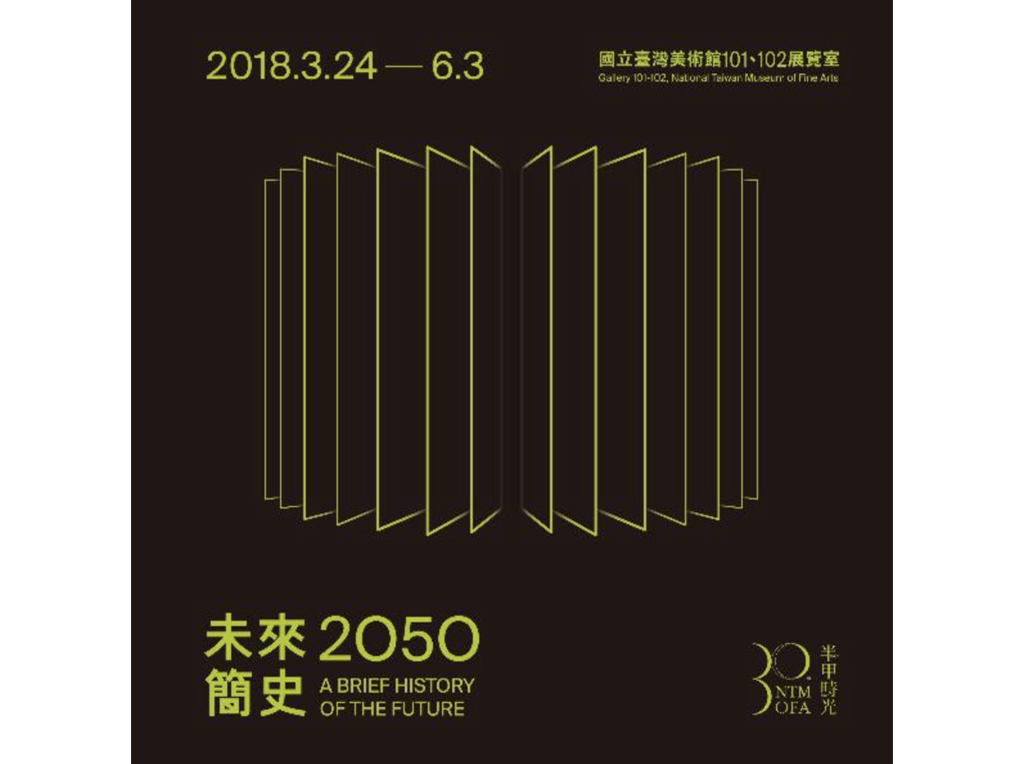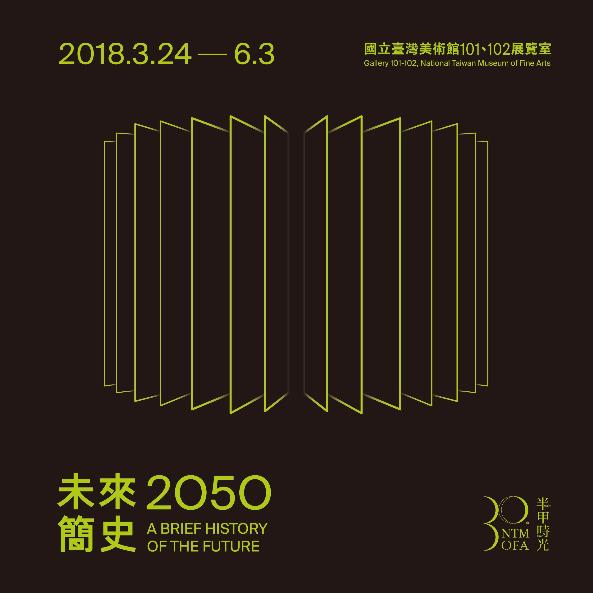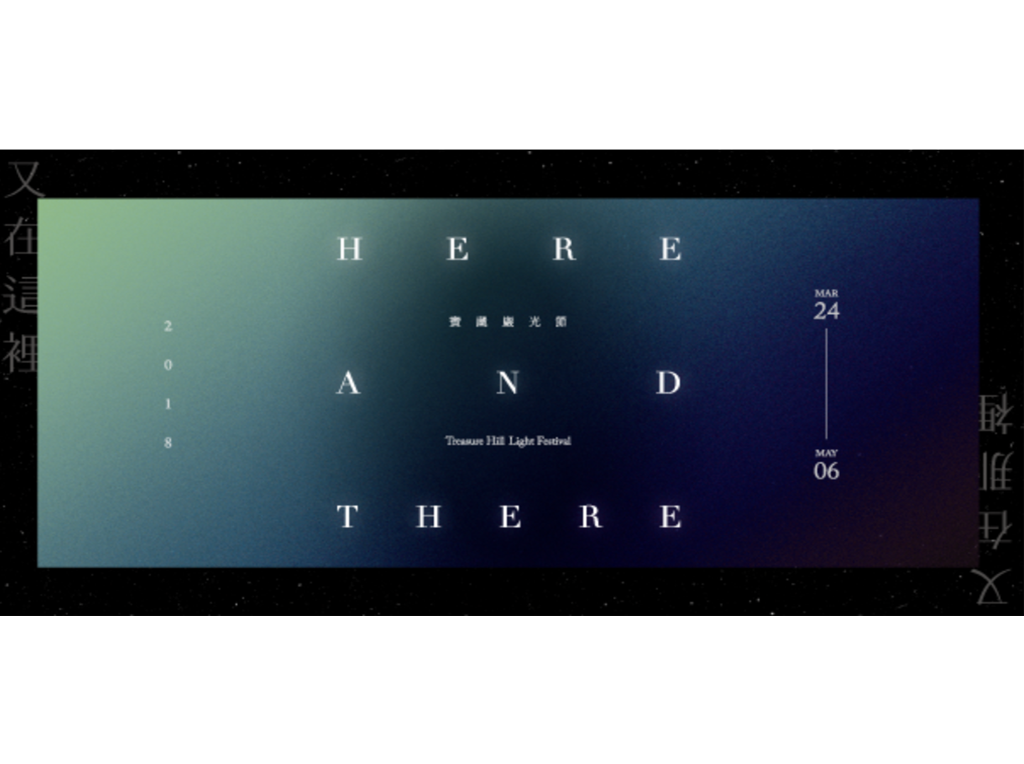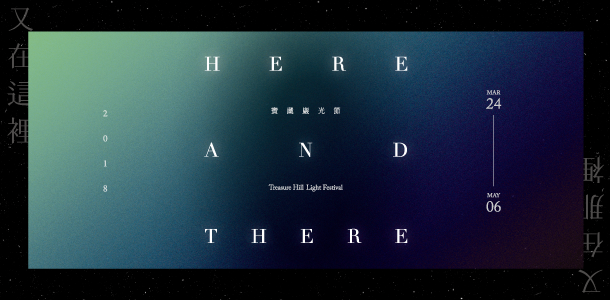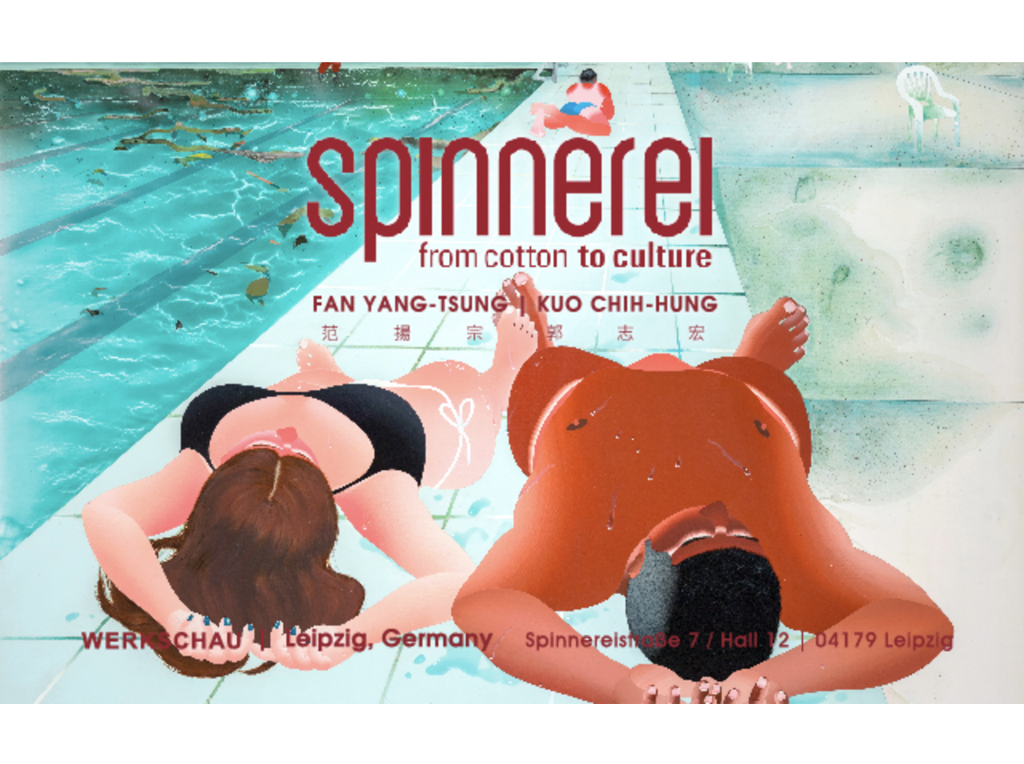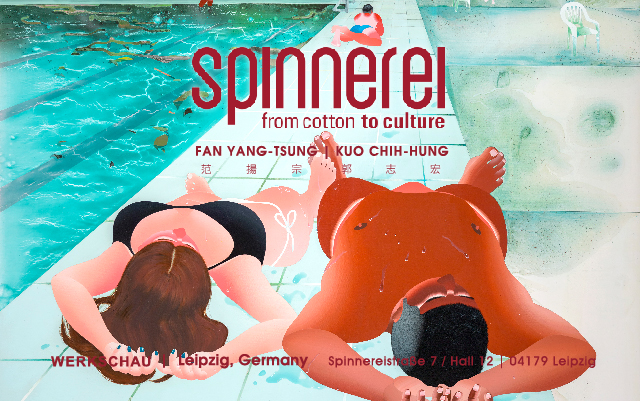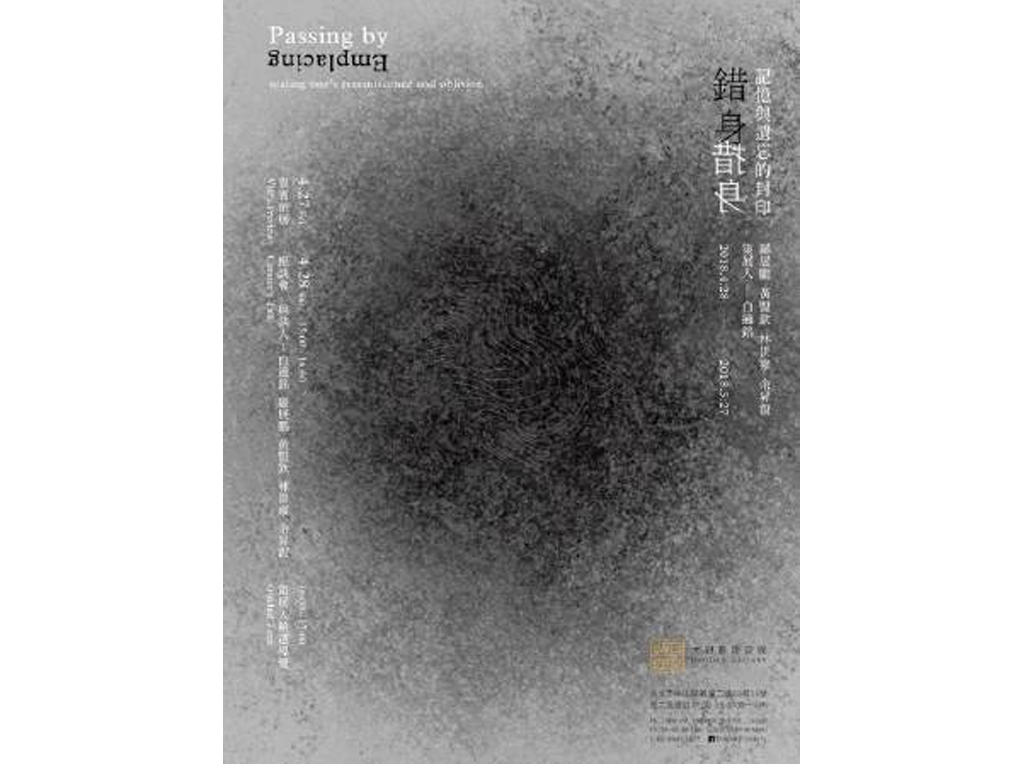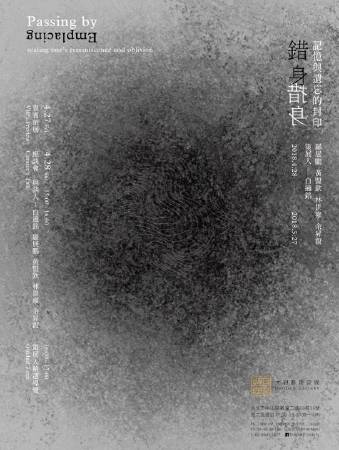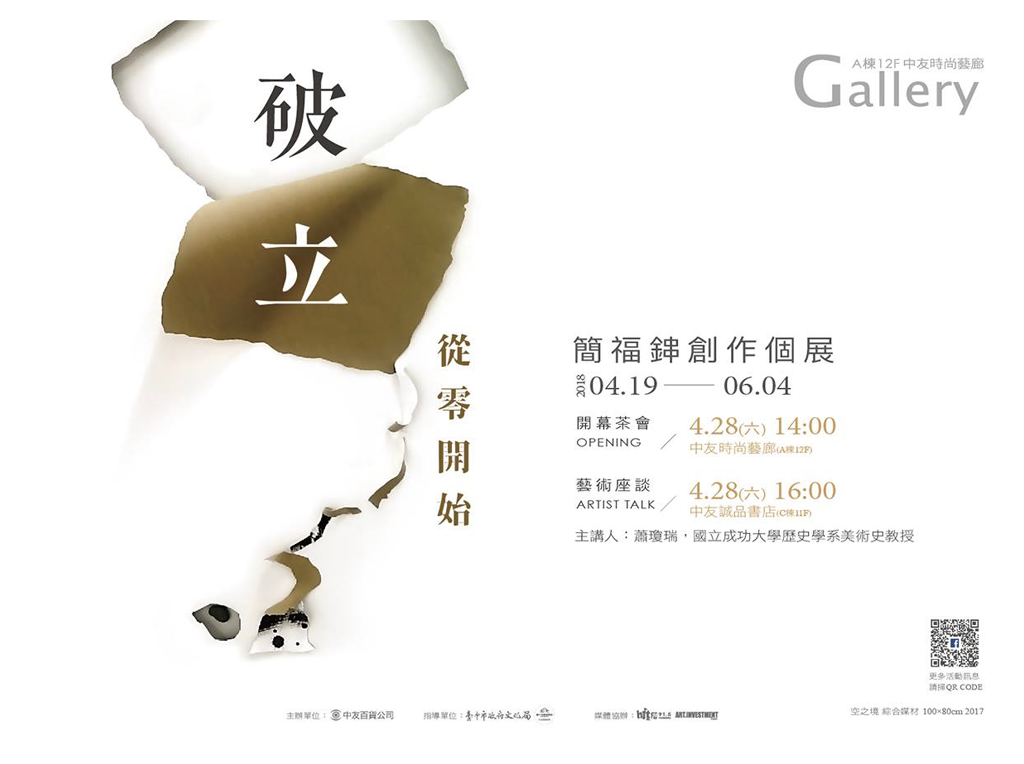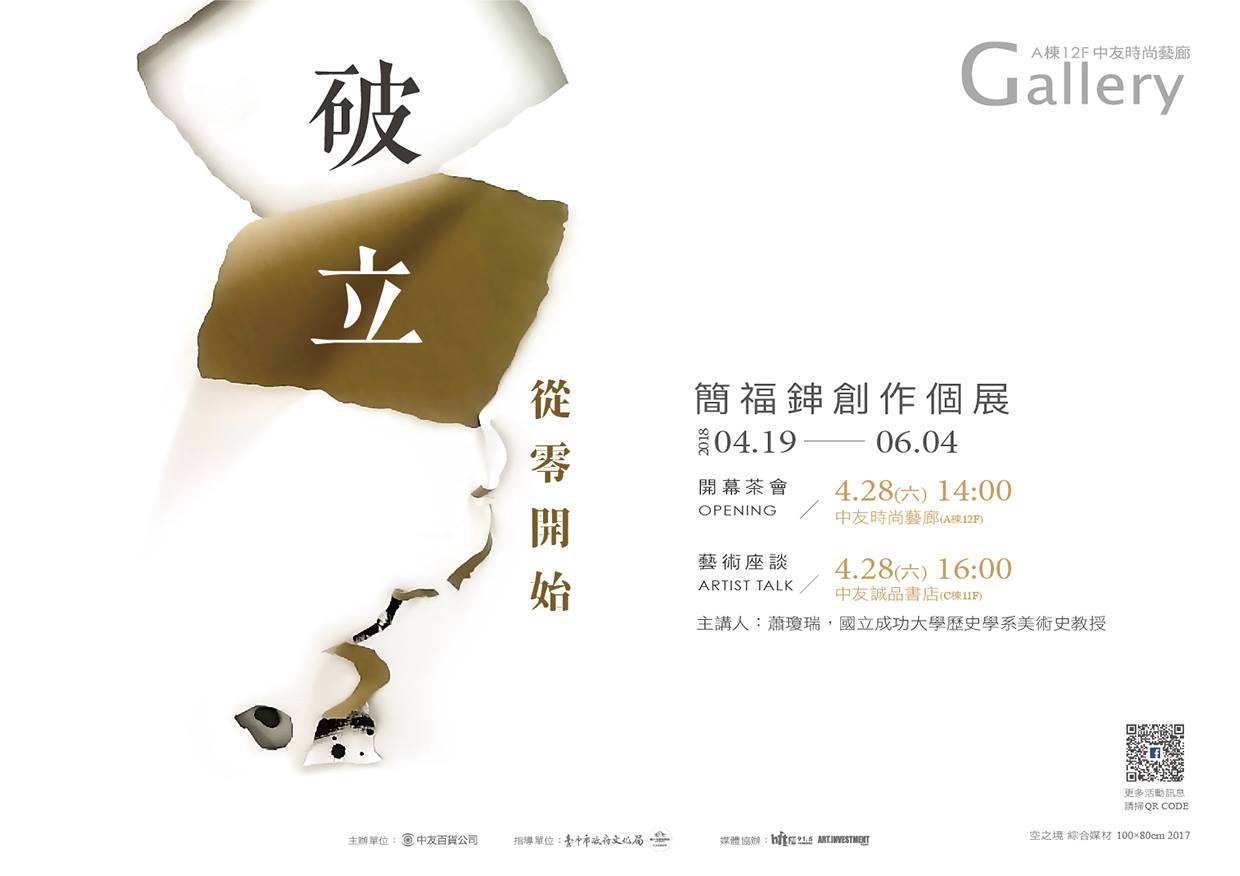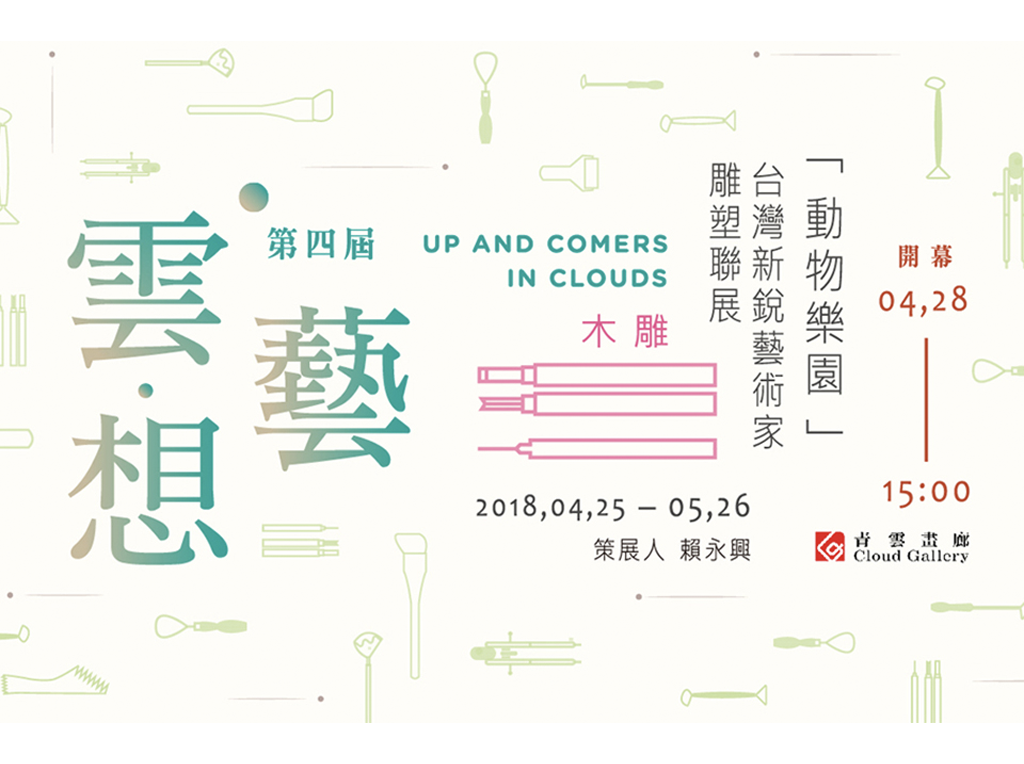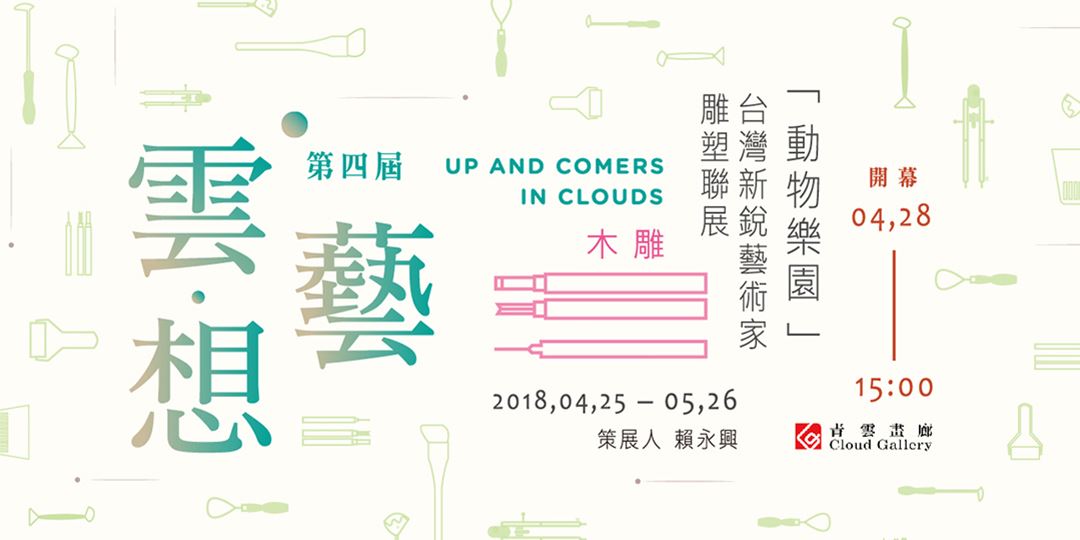「一起 一起 慢慢走吧」張雅萍策展
策展論述|
一城市的樣貌形塑,最重要的存在是有一群『人』。
這一群人的每一個人在這裡創造了生活的天地,我們稱之為家的地方。
這個『家』的定義是我們生活記憶書寫的場域,包括這周圍認識與不認識那些陌生的人們、這塊土地上轉變,都形塑出我們記憶裡的『家』的溫度。
當『家』需要加入一個進步的節奏,它轉變為一連串的數字,奠定它的價值。當『家』被塑造成帝王般的象徵,變成遙不可及的夢想圖像。
當『家』與連結土地歷史對話的端點被剷除,成為一個進步且中待價而沽、扁平的停車場,我們樂意的接受?
當『家』與土地的記憶要消失在扁平且失速的時空裡,我們創造了一個保存他的方法,那我們保存了什麼?
當我們嘗試運用藝術創作、藝術行動、藝術方法的社區擾動、積極地發出各種話語權時,我們究竟企圖在失控的且軌道紛亂的交叉點上,獲得什麼?是慢下來還是停止?或是繼續失速?希望能藉由在桃園近幾年的觀察與學習,在這城市變換的隙縫中、轉身便有可能消失的家屋,抓住一點點反思及實踐的可能。
一起 一起 慢慢走吧
張雅萍 策展
2019.03.02 – 04.06
地點|福利社 FreeS Art Space
開幕|2019.03.02 15:00
座談01|2019.03.09 15:00
與談人|黃海鳴
座談02|2019.03.16 15:00
與談人|連振佑
藝術家|簡佑任、蔡奕勳、微光生活設計室:李苡帆、張浩鉅
關於策展人|
張雅萍出生於臺北,2004 年畢業於朝陽科技大學視覺傳達設計系,開始投入藝術創作。2007 年於臺中 20 號倉庫鐵道藝術村駐村,2008 年加入新樂園藝術空間迄今,2013 年畢業於臺北藝術大學美術系碩士。2016 年於日本金澤 KAPO 駐村。2017 年駐地創作於桃園龍潭。目前就讀交通大學應用藝術所博士班。主要創作為複合媒材及空間裝置,關注社會體制內的運作和對抗以及個人與生活環境內在的對話。
關於藝術家|
簡佑任
簡佑任的創作關注自身存在狀態與地景變遷的互動關係,透過多元的媒材展現台灣面臨現代化後所造成的地景變異;《舉牌工人-肖像畫計畫》藉由藝術家以素描紀錄舉牌工人肖像的方式,讓人們重新認識我們對房仲產業中工人的勞動位置與工作狀態,重新以〝緘默〞的方式賦予勞工話語權;另外,在《木靈》這件作品,藝術家探究了台灣日治時期在台畫家鄉原古統的作品,以礦物結合水泥材料的方式摹寫並放大了《台灣山海屏風》,透過「屏風」此物件的諸多屬性:「區隔內外」、「還原自然」、「裝飾空間」等功能,以「水泥」材料的經濟價值與現代化後轉譯為建築空間的形制意義,在「屏風」(《木靈》)的裝飾功能與重返自然的意圖上進行對話,提出自然與現代化之間的矛盾。
蔡奕勳
當代社會中所建構的生活情境,充斥在資本、權力與媒體的結構鏈裡,人們沉浸在更大框架下的城市想像,並纏繞於圖像、文字及數據的美好樣板之中。
在創作的過程裡,將日常所見之大眾化圖文及物件,透過大量蒐集或集合的方式加以量化,彰顯現實處境中所鏡射的人我張力。從情境式的生活裡演繹著質變中的生存樣貌,而在日復一日的作息中顯影當下時刻的真實回返。
選擇以城市邊際探索自我與社會的關係,在封閉與穿梭交匯的都會場域裡,直觀發展變遷中的現實之物,所能溢出的真實感性。
微光生活設計室:李苡帆、張浩鉅
「微光生活設計室(Glimmer Life Design Studio)」前身「沒有工作室(non-studio)」成立於 2014 年,由李苡帆及張浩鉅共同創立。其初衷是運用所學主動(initiative)投入改造自身環境,且透過行動(action)觸發有趣且好玩的經驗。而「沒有」則是一種將自身放在「空白」的狀態,使許多可能性都可填上、畫上、寫上,也提醒著自己持續學習。
2018 年,正式改名立案-微光生活設計室。延續「沒有」的初衷及經驗,持續落實「友善、永續環境」的理念。並以「分享(share)」作為概念,環繞著「在地」、「自然」、「藝文」、「生活」、「農業」、「教育」等,推廣永續生活的價值與理念。希望能在這個混濁的環境之中微微地閃爍著,並有個安靜地的角落窩著,靜靜地觀察著這個社會,或是分享著自身的故事。微光生活設計室期許以自身的力量,循序漸進的扭轉現況的問題,從小地方/事情/行為開始改變我們的生活以及環境。
Curator’s Statement|
The most important element that molds a city’s appearance is the existence of a group of “people”.
Wherein, everyone in this group creates a living space, the place we call home.
The definition of “home” is the field in which our memory of life is written, including the familiar and unfamiliar people around us, the transformation of this land, both of which embody the temperature of the “home” in our memory.
When the “home” needs the addition of a progressive rhythm, it transforms into a series of numbers, laying the foundation of its value. When the “home” is hewn into a royal symbol, it becomes an image of a distant dream.
When the point of connection that provides the dialog between the “home” and the history of land is removed, it transforms into a progressive, waiting-to-be-auctioned, flat parking lot. Are we willing to accept it?
When the memory of the “home” and the land is about to disappear into the flat, speedy-beyond-control, time and space, we create a method to preserve it. But, what have we retained in that preservation?
When we attempt to use a community disturbance that embodies artistic creation, artistic action and artistic methods to actively voice our rights, what are we trying to gain at the intersection of the tracks that are out of control and chaotic? Do we slow down, or stop? Or, do we continue at uncontrollable speed? We hope that from what we observed and learned in Taiyuan in recent years, we may capture a little reflection and practice in the gaps of the transformations of the city and the houses that may disappear in the blink of an eye.
Let’s Walk Together, Slowly!
Curator|Ya-Ping Chang
2019.03.02 – 04.06
Venue|FreeS Art Space
Opening|2019.03.02 15:00
Discussion 01|2019.03.09 15:00
Talking With|Hai-Ming Huang
Discussion 02|2019.03.16 15:00
Talking With|Zhen-You Lian
Artists|Yu-Jen Chien、Yi-Hsun Tsai、Gilmmer Life Design Studio: Yll-Farn Lee、Hao-Chu Chang
Curator|
Ya-Ping Chang
Ya-ping Chang was born in Taipei. She graduated from the Department of Visual Communication Design, Chaoyang University of Technology and began a career in artistic creations. In 2007, she was the artist in resident for Art Stock 20 in Taichung. In 2008, she joined Shin Len Yuan Art Space, where she is still a member today. She graduated with a Master’s Degree in Fine Arts from the Taipei National University of the Arts. In 2016, she was the artist in resident for Kapo (kanazawa art port) in Japan. In 2017, she was the artist in residentr in TaoyuanIn Longtan.She is currently studying for a doctoral degree at the Institute of Applied Arts, National Chiao Tung University.
The majority of her creative works are mixed media and installations that focus on the inherit operation and conflicts within the social structures and the inner dialogs between a person and the living environment.
About Artists|
Yu-Jen Chien
Yu-Jen Chien’s creation focuses on the interaction between his own state of existence and the changing landscape. Using multimedia, he shows the landscape variations caused by Taiwan’s modernization. In ”Workers Holding Placards—a Portrait Project”, the artist introduces us to labor’s position and and re-acquaints us with the working conditions of real estate employees by using sketched portraits of workers holding placards, and endowing these workers the right to speak in “Silence”. In “Kodama”, the artist explores the works of Gobara Koto, who lived in Taiwan during the Japanese Colonial era, and copied and enlarged Koto’s “Taiwanese Landscape Screen” using minerals mixed with cement as the media. Utilizing the many attributes of a “Screen”: inside and outside division, return to nature, and spatial decoration, while juxtaposing the economic value of the material,“Cement”, and its significance in architectural space after the interpretation of modernization, the artist proposes a dialog between the decorative function of “Screen” (“Kodama”) and our intention to return to nature, calling attention to the conflict between nature and modernization.
Yi-Hsun Tsai
The living situation, as constructed in contemporary society, is filled with the structural chain of capital, power and media. People immersed in their imagination of the city with a larger framework and entangled in the beautiful template of images, words and data.
In his process of creation, the artist quantifies the popular images and objects that we see everyday, through mass collection or assemblage, to highlight the tension, mirrored by the tangible reality, between self and others. The appearance of survival changes its quality in situational living, and highlights the return to authenticity in the now moment of a mundane existence.
The artist chooses to explore the relationship between self and the society at the edge of a city. In a metropolitan scenario, where closure and penetration converge, we are invited to intuitively observe objects in development, their changes and the outpouring realism.
Glimmer Life Design Studio: YII-Farn Lee; Hao-Chu Chang
The establishment of Non-Studio, by Yi-Fan Li and Hao-Chu Chang in 2014, predated that of the Glimmer Life Design Studio. The original intention of the founders was to take the initiative and apply what they learned into transforming their environment, and to trigger interesting and fun experiences through action. While, “Non” is the idea of putting oneself in a “blank” state, so that many possibilities can be filled in, drawn on and written down, to remind us that we should not stop learning.
In 2018, Non-Studio was officially renamed and registered as Glimmer Life Design Studio. It continues with the original concept and experience of “Non”, and maintains the implementation of a “Friendly and Sustainable Environment” ideal. With “Sharing” as the core ideal, the Studio shall promote the value and the ideal of sustainable living that encompasses “localization”, “nature”, “art”, “living”, “agriculture” and “education.” The founders hope that the studio may spark lightly in this turbid environment, and may stay in a quiet corner to observe imperturbably this society, while sharing their own stories. They expect that by applying their own efforts, they can gradually reverse the current situation, thus changing our lives and the environment by starting from a small place/thing/behavior.
